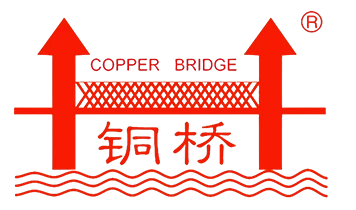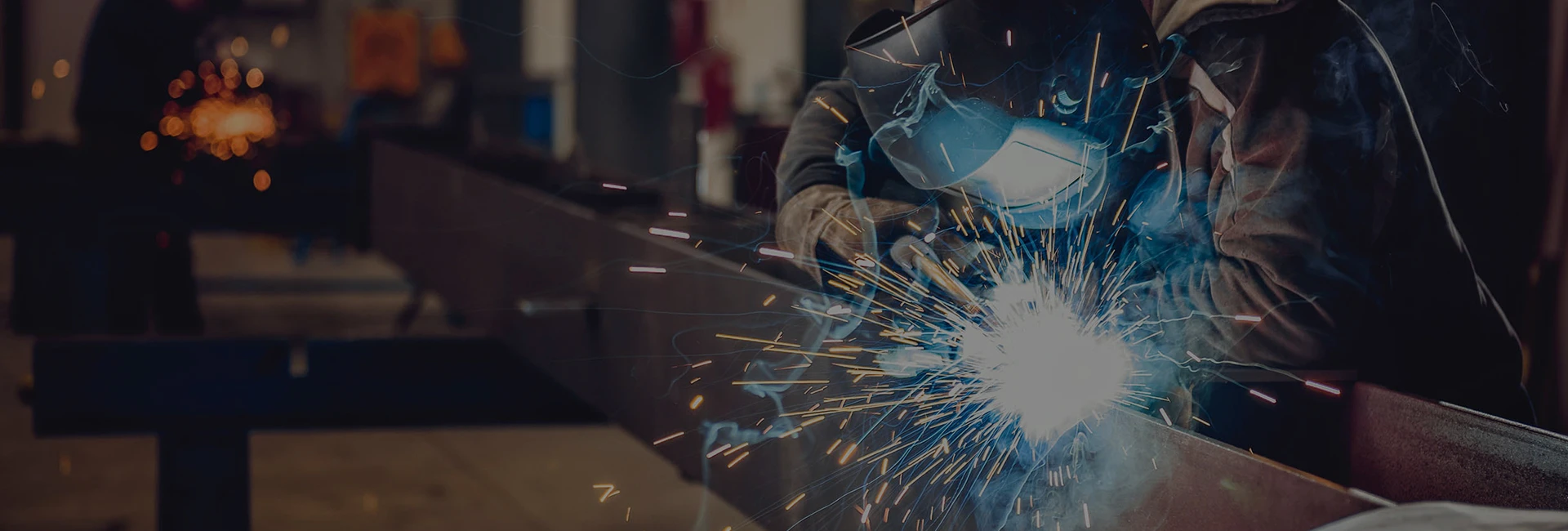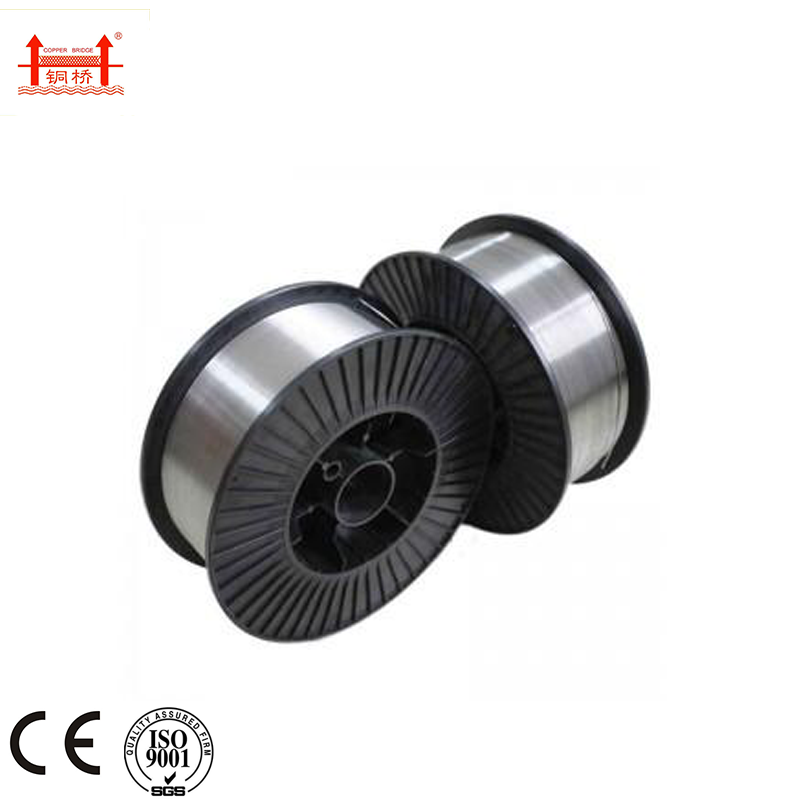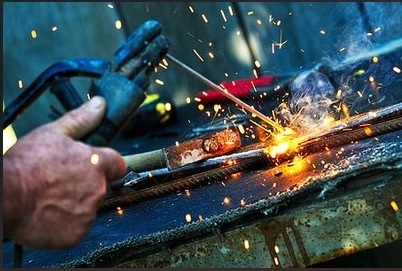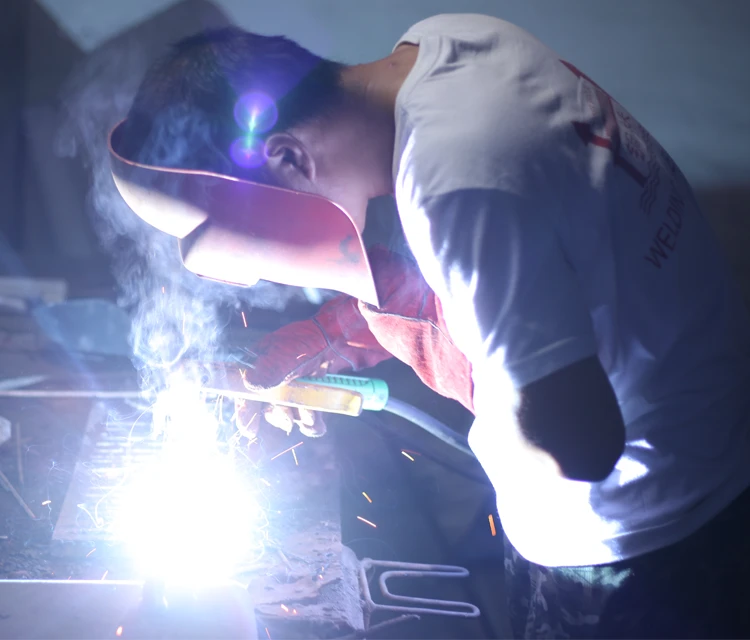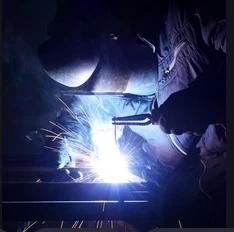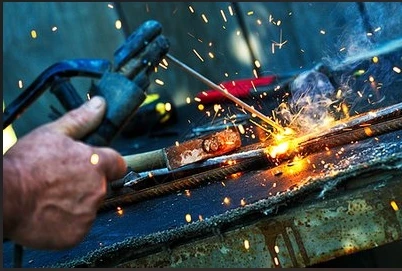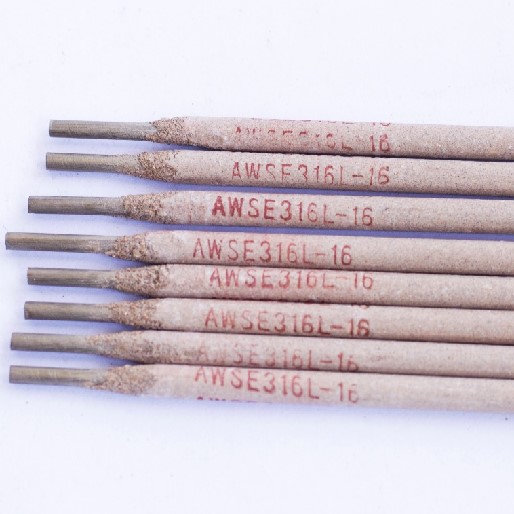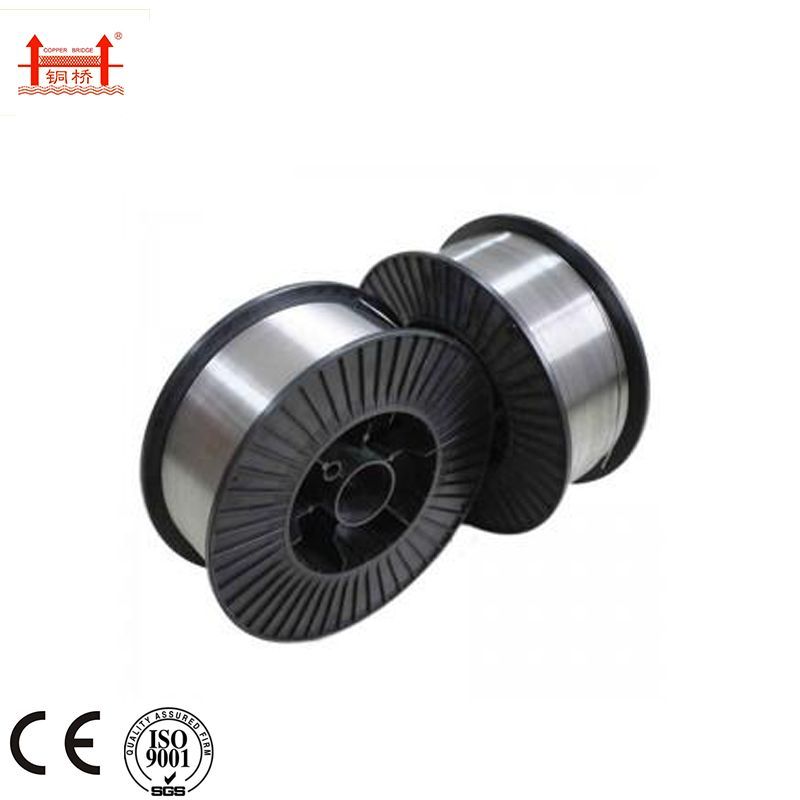Understanding 6011 or 7018 Welding Electrodes – Applications, Advantages & Vendors
Nov . 20, 2025 01:00
Why 6011 or 7018 Electrodes Matter in Welding Worldwide
At first glance, it might seem like just a boring number or code—6011 or 7018—but these are actually types of welding electrodes that have quietly powered the backbone of infrastructure, industry, and even humanitarian projects across the globe. They play a key role in the construction of bridges, pipelines, ships, and buildings, where strength and durability can't be compromised.
Globally, welding is a $20+ billion industry (ISO reports), and electrodes like 6011 or 7018 are fundamental consumables. Understanding their distinctions and uses helps engineers, contractors, and buyers make better decisions—impacting everything from costs to quality and safety on-site.
Quick takeaway: If you’re involved in welding, knowing when and why to use 6011 or 7018 can directly affect the long-term success of your project.
What Exactly Are 6011 or 7018 Welding Electrodes?
In simple terms, both 6011 and 7018 are classification numbers set by the American Welding Society (AWS) to describe the properties and applications of welding rods (or electrodes). They specify everything from tensile strength to welding position suitability, to the electrode coating and current type.
- 6011 electrode: Known for deep penetration, works well on dirty or rusty metals, versatile in AC or DC currents.
- 7018 electrode: Produces a smooth, clean weld, designed primarily for DC current, and offers high tensile strength and low hydrogen content for crack resistance.
Why does this matter? Because in industrial and even humanitarian projects—think bridges in rural areas or pipelines in remote regions—choosing the right electrode can mean the difference between a repair that lasts decades and one that fails unexpectedly.
Note: For more detailed product info, see our primer on 6011 or 7018.
Core Factors When Choosing 6011 or 7018 Electrodes
1. Penetration and Weld Depth
6011 rods are famed for their deep penetration capabilities, essential when working with thick or dirty steels where full fusion is critical. 7018, in contrast, offers moderate penetration but excels in producing a smooth, defect-free weld bead.
2. Usability & Welding Positions
One of the beauties of the 6011 electrode is its flexibility—it works AC/DC and in all positions (flat, vertical, overhead). The 7018 is a bit more particular, best suited for DC-positive and certain welding angles, so using it requires more skilled hands.
3. Coating and Hydrogen Content
The 7018 electrode boasts a low-hydrogen iron powder coating that reduces the risk of weld cracking—a huge plus in structural steel or high-stress environments. Conversely, 6011 has a cellulose-based coating that helps ignite quickly and maintain a stable arc.
4. Weld Quality and Appearance
If surface finish matters, 7018's welds are cleaner, with less spatter, which often means less grinding and better aesthetics. 6011 may leave a rougher finish, but its strength in tricky conditions often outweighs this downside.
5. Cost and Availability
6011 electrodes tend to be less expensive and widely available, especially in remote regions. The 7018 rods often come at a premium due to their specialized coating and quality guarantees.
Mini takeaway: Knowing these factors helps you balance performance, cost, and weld integrity, avoiding costly rework or failures.
How 6011 or 7018 Electrodes Are Applied in the Real World
From maritime shipyards in Asia to bridges crossing rivers in South America, these electrodes have been instrumental. For instance, 6011 is frequently chosen for repair work on old pipelines as its deep penetration ensures sound bonds despite corrosion or scale.
In disaster relief operations where quick, reliable structural welding is needed, 6011’s versatility shines. Meanwhile, 7018 is standard in heavy fabrication yards in North America and Europe, where weld integrity and neat aesthetics are demanded.
Industries benefiting include:
- Oil & Gas pipeline construction
- Shipbuilding and repair
- Infrastructure and bridge works
- Heavy manufacturing and equipment assembly
- Agricultural and construction machinery
Oddly enough, even in remote industrial zones without clean shops, 6011 rods manage to hold up remarkably well.
Advantages and Long-Term Value of Choosing the Right Electrode
The bottom line? Whether 6011 or 7018, proper choice increases safety and durability of welded structures. 7018’s low hydrogen content is a game changer for trust in bridge welds or structural supports, reducing long-term crack failures.
Cost-wise, welding right the first time prevents downtime, rework, and potential accidents. Also, from a sustainability standpoint, reliable welds mean less material waste, fewer repairs, and better overall resource efficiency—factors increasingly important as industries push towards greener solutions.
Emotional impact? For many engineers, knowing their welds uphold safety standards is a heavy responsibility and a source of pride. Companies that deliver strong, reliable welding build trust with clients and communities, an often overlooked but vital business asset.
Emerging Trends and Innovations Around 6011 or 7018 Electrodes
In coming years, expect advanced coatings embedded with nanoparticles to enhance penetration or reduce spatter further. Sustainability will also drive developments, with electrodes designed for lower environmental impact and compatibility with green energy-powered welding equipment.
Digital monitoring and automated welding systems increasingly integrate with electrodes like 6011 or 7018, improving precision and reducing human error. Some startups are developing smart electrodes that log weld conditions for instant quality tracking—a neat blend of tradition and tech.
These innovations collectively aim to extend the lifespan of welds and reduce failures, saving billions in infrastructure costs worldwide.
Challenges Welding Professionals Face With 6011 or 7018—and How To Solve Them
Common issues include 7018 rods’ moisture sensitivity, requiring proper storage to prevent hydrogen-induced cracking. 6011’s rougher weld finish sometimes demands more post-weld cleanup, adding time to projects.
Experts suggest using vacuum-sealed packaging for 7018 and training welders carefully on electrode handling. For 6011, pre-cleaning thicker metals and controlling welding parameters help maximize penetration benefits without excessive spatter.
Innovation in dry-box storage solutions and field training programs increasingly mitigate these concerns.
FAQ: Frequently Asked Questions About 6011 or 7018 Electrodes
| Question | Answer |
|---|---|
| Is 6011 suitable for welding rusty or dirty metal? | Yes. 6011 rods are designed with a cellulose coating that allows for deep penetration through rust and contaminants, making them ideal for field repairs or older steel structures. |
| Can 7018 electrodes be used with AC welding machines? | Typically, no. 7018 rods are best suited for DC welding to ensure the arc stability and reduce cracking risks. However, some modern 7018 rods are labeled for AC use—always check manufacturer specs. |
| How should 7018 electrodes be stored on job sites? | They must be kept dry—ideally in a rod oven or sealed containers—to prevent moisture absorption, which can cause hydrogen embrittlement and weld defects. |
| What makes 7018 more expensive than 6011? | The low-hydrogen iron powder coating and quality control requirements for 7018 increase costs, but these features deliver better mechanical properties and weld performance. |
Product Specification Table for 6011 and 7018 Electrodes
| Specification | 6011 | 7018 |
|---|---|---|
| AWS Classification | E6011 | E7018 |
| Tensile Strength (psi) | 60,000 | 70,000 |
| Welding Positions | All | All except vertical down |
| Current Type | AC or DC | DC+ |
| Coating Type | Cellulose | Low hydrogen iron powder |
| Typical Applications | Maintenance, repair, dirty surfaces | Structural, high stress, fabrication |
Comparison of Popular 6011 or 7018 Electrode Vendors
| Vendor | 6011 Price (per kg) | 7018 Price (per kg) | Packaging | Warranty/Certifications |
|---|---|---|---|---|
| Acme Welding Supplies | $7.50 | $12.00 | Vacuum sealed packs | AWS certified, ISO 9001 |
| Prime Electrodes Co. | $7.20 | $11.50 | Standard cardboard boxes | AWS certified |
| Jinlong Welding Electrode | $7.00 | $11.75 | Vacuum packed, rod oven ready | AWS & ISO 14001 |
Wrapping Up: The Long-Term Benefits of Understanding 6011 or 7018 Electrodes
In real terms, mastering the differences and ideal use cases of 6011 or 7018 electrodes isn’t just about selection—it’s about future-proofing your welds, your projects, and ultimately, safety. While it might feel technical or minute, those tiny rods carry the weight of infrastructure, safety, and progress worldwide.
If you want to dive deeper and source quality electrodes, be sure to visit our trusted supplier here: 6011 or 7018. Welding with the right rod truly makes all the difference.
References:
 Pervious
Pervious
This is the first article
Related Video


